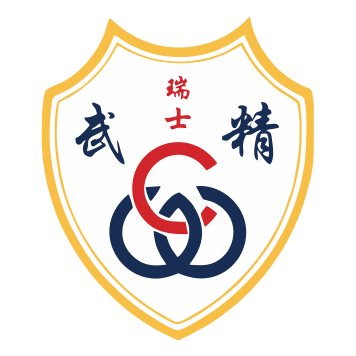Swiss Elite Athletic Association
WING CHUN
Self-defense

Wing Chun, Wing Tsung and Wing Tzun are all Martial arts , which come from the same Chinese tradition. They have slight differences in their techniques and execution, but are basically the same.
Martial arts with a system - Wing Chun uses the power of the opponent
The origin of the myth of Wing Chun
A particularly fast and effective way of self-defense
What makes a good school?
The difference between Wing Tsung, Wing Tzun, Wing Tsun, Ving Tsun...
Wing Chun, Wing Tsung, and Wing Tzun are all martial arts that originate from the same Chinese tradition. They have slight differences in their techniques and execution, but are basically the same. The difference in spelling is mainly due to the numerous different ways in which these terms can be translated into English, as well as cultural differences between the regions where these martial arts are practiced.
The most common spelling is Wing Chun, but it can also be written with a "T" instead of a "C", which can lead to confusion. Wing Tsung is an alternative spelling that reflects a more accurate translation of the Chinese characters, while Wing Tzun is another variant based on cultural dialects. All three forms of martial arts have their roots in ancient Chinese traditions and share similar principles and techniques, but are slightly different from each other.
Wing Chun (or Wing Tsun or Ving Tsun no matter which spelling) is an effective combat system that uses melee combat techniques such as trapping, blocking, punching and kicking. Yip Man, who is considered one of the greatest martial artists in history, had a great influence on this Martial arts and was instrumental in making it what it is today. In recent years, the popularity of this style has increased due to its effectiveness in self-defense situations, as well as its use in Hollywood films such as Ip Man (2008) and The Grandmaster (2013).
Not to forget the name Bruce Lee, of course, but we won't go into more detail about it at the moment.


